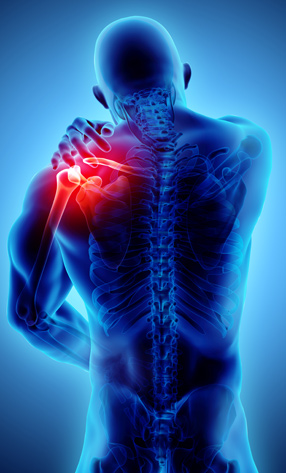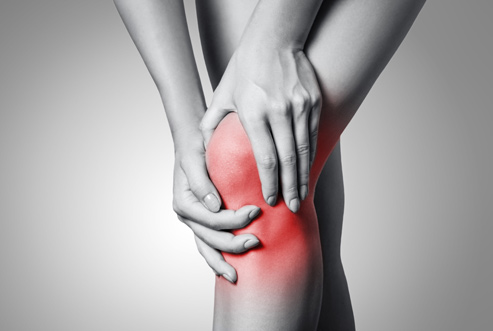
Sacroiliac Joint Disease
The sacroiliac joint (SI) is one of the strongest weight-bearing joints in the body, which means it is susceptible to dysfunction and instability. The SI joint connects the pelvis and sacrum and is located below the lumbar spine, right above the buttocks. There are two SI joints - one on each side of the sacrum. These joints are then reinforced by surrounding ligaments and muscles which work to keep everything healthy and strong. If someone sustains an injury or is experiencing SI joint dysfunction for another reason, it can result in low back and/or leg pain. Because of the location of the SI joint and the fact that SI joint dysfunction symptoms mimic those of other conditions (like disc herniation), it can be difficult to diagnose. However, it is estimated that the SI joint is responsible for 15 to 30 percent of all low back pain cases.
Causes of SI Joint Pain
The main reason a person will experience SI joint pain is inflammation of one or more of the joints. This is also referred to as sacroiliitis. Some of the most common conditions that cause sacroiliitis include:
Osteoarthritis
Over time, regular wear and tear and stress on the SI joint can wear down the cartilage, causing osteoarthritis.Ankylosing spondylitis (AS)
This is a common type of inflammatory arthritis that usually affects the vertebrae and joints along the spine. AS most commonly occurs within the SI joints and it is a chronic disease that is most common among young men.Gout
Gout occurs when a person’s body has high levels of uric acid. Most patients with gout complain of joint pain, which can range from mild to severe. Generally, gout starts by affecting the large toe, but it can eventually spread to other joints such as the SI joint.Injury
Trauma such as car accidents or falls can also contribute to SI joint pain.Gait
Another common cause of SI joint dysfunction is having an abnormal gait. If you lean into one hip while you walk, for example, or if one leg is short er than the other, it may lead to SI joint dysfunction.

Symptoms of SI Joint Pain
It is important to remember that every person is different, but some of the most common symptoms of SI joint pain include:
- Acute pain the lower back
- Pain in the hips, buttocks, or pelvis
- Pain in the groin area
- Pain within just one SI joint
- Numbness
- Increased pain when going from sitting to standing
- Stiffness or a burning sensation in the pelvis
- Numbness
- Weakness
- Pain that radiates from the lower back into the thighs and legs
If you are experiencing any of the above symptoms and believe it may be related to your SI joint, please contact Crescent Pain Relief. We offer a wide range of alternative therapies that aim to help patients find relief, without the need for surgery or medication. From physical therapy to chiropractic care, injections, or nerve blocks, Dr. Shaikh and our team of compassionate medical experts are here to help you find the right solution to your discomfort and pain.
